
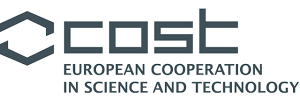

CIG Meeting Budapest 2025
Conference on machine learning and multiscale modeling of nanocrystal catalysts
16-18 July 2025
Magyar Tudósok Körútja 2. 1117 Budapest, Hungary
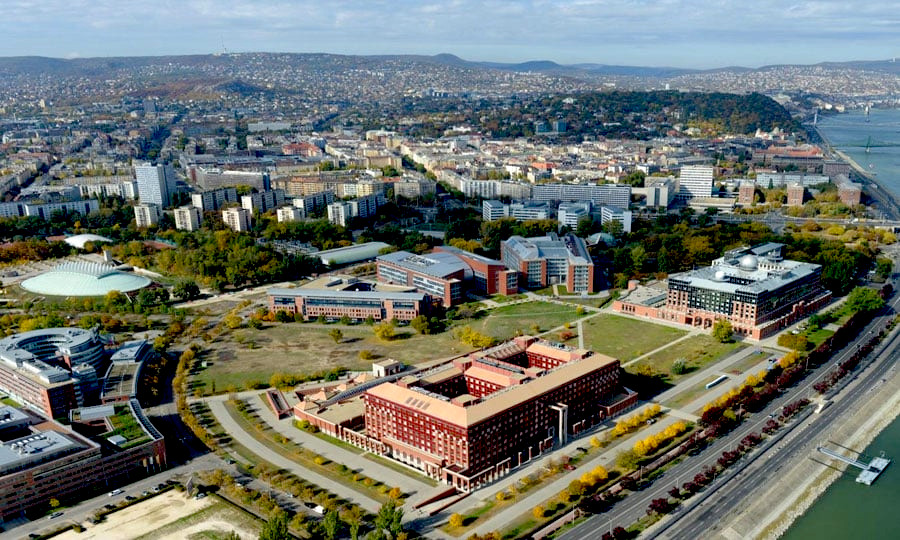
Bird’s view of conference venue
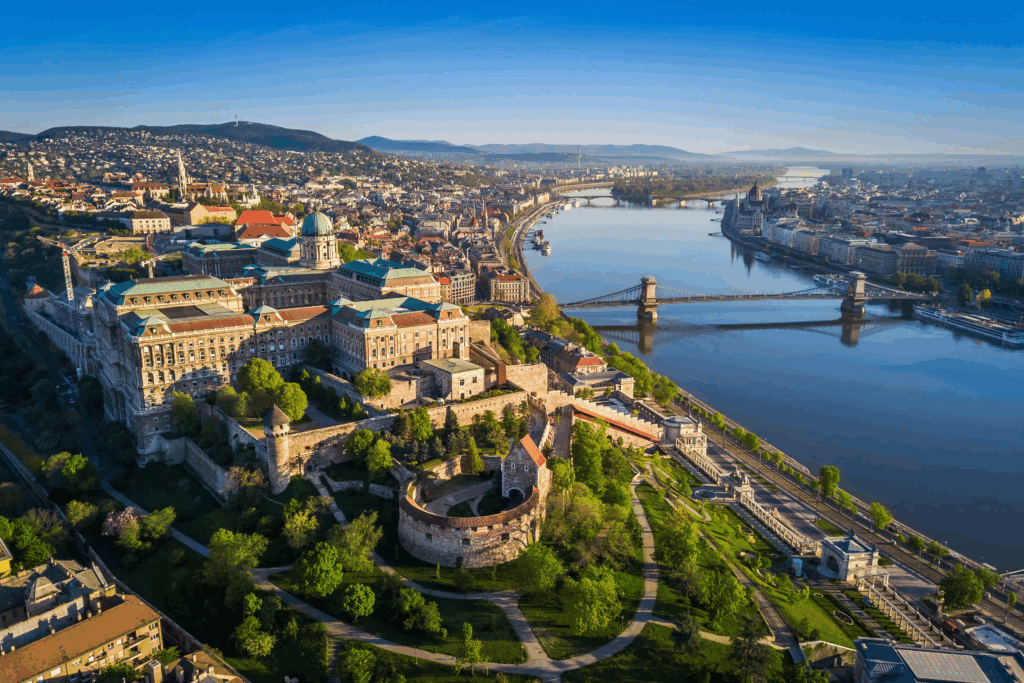
Buda Castle and the Chain Bridge near the river Danube
About the Event
We are pleased to invite you to the final conference of the COST Innovators Grant IG18234 – “Machine learning from computational materials science data for modelling nanocrystal catalysts” in Budapest, Hungary.
The workshop will bring together leading experts from both academia and industry to explore the machine learning and multiscale modelling approaches for predicting catalytic properties, with a particular focus on hydrogen production relevant for industrial application.
Venue
The conference will take place at the HUN-REN Research Centre for Natural Sciences (TTK), Magyar Tudósok Körútja 2., 1117 Budapest, Hungary.
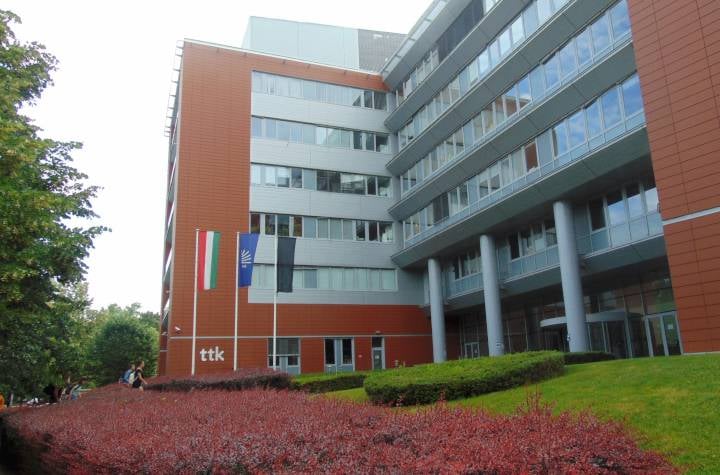
Program
Wednesday – July 16th
| Time | Speaker | Title |
|---|---|---|
| 9:30-10:30 | Registration | |
| 10:30-10:35 | Péter Vancsó, Maytal Caspary Toroker | Opening |
| 10:35-11:00 | Maytal Caspary Toroker | Modeling mismatched material interfaces |
| 11:00-11:25 | Ricardo Grau-Crespo | Chemical structure prediction with large language models |
| 11:25-11:50 | Devis Di Tommaso | Identifying CO2 Conversion Catalysts: High-Throughput DFT Calculations, Machine Learning, and Beyond |
| 11:50-12:15 | Juan Carlos Castro Palacio | Adsorption Geometry and Dynamics of Aspartic Acid on Cu {111} |
| 12:15-13:15 | Lunch | |
| 13:15-13:40 | Said Hamad Gomez | Calculation of adsorption energies over metal surfaces using global minimization techniques |
| 13:40-14:05 | Jose Gouveia | A machine learning perspective on water-gas shift catalysis by MXenes |
| 14:05-14:30 | Diego Ontiveros | MXgap: A MXene Learning Tool for Bandgap Prediction |
| 14:30-15:00 | Coffee Break | |
| 15:00-15:25 | Esther Heid | Active and generative learning on ML potentials: From interfaces to reaction pathways (online talk) |
| 15:25-15:50 | Ádám Madarász | How to find redox active molecules using machine learning |
| 15:50-16:15 | Titus van Erp | Using Machine Learning to Uncover Reaction Triggers (online talk) |
| 16:15-16:30 | Sergejs Piskunovs | ML-Driven predictions of electrocatalysts for hydrogen energy conversion |
Thursday – July 17th
| Time | Speaker | Title |
|---|---|---|
| 9:30-9:55 | Julian Kleinhaus | From Catalysts to Electrolyzers - Challenges and Opportunities for Machine Learning and Simulations |
| 9:55-10:20 | Misbah Sarwar | Multi-scale modelling - an industrial perspective |
| 10:20-10:45 | Christoph Kreisbeck | Accelerating MOF Discovery: Integrating AI into Lab Workflows for Optimized Thin-Film Growth |
| 10:45-11:15 | Coffee Break | |
| 11:15-11:40 | András Tompos | High-throughput experimentation in materials science using data mining: case studies |
| 11:40-12:05 | Georg Held | Interpretation of Spectroscopic Data using Theory |
| 12:05-12:30 | Ansgar Schäfer | Machine Learning-Driven Catalyst Innovation: Integrating High-Throughput Computational and Experimental Techniques |
| 12:30-12:55 | Mihai Butolo | Overview of AI application in Molecular Dynamics and Bussiness > Perspectives on it |
| 12:55-14:25 | Lunch | CIG Meeting during Lunch |
| 14:25-15:10 | Panel discussion | |
| 15:10-15:35 | Mátyás Dabóczi | Solar water splitting by perovskite and organic photoelectrodes |
| 15:35-16:00 | Laura Caputo | Impact of Applied Electric Bias on Oxygen Reactivity and Oxide Diffusion at Lanthanum Strontium Manganite Electrode Surfaces |
| 16:00-16:30 | Coffee Break | |
| 16:30-16:55 | Péter Pál Fehér | Prediction of Redox Power for Photocatalysts: Synergistic Combination of DFT and Machine Learning |
| 16:55-17:20 | Yiqing Wang | Scalable Photocatalytic Overall Water Splitting with Machine Learning Discovered Z-scheme Heterojunctions in Bionic Reactor |
| 17:20-17:45 | Nadezda Kongi | The Role of Geometry in Oxygen Electrocatalysis |
| 18:45 | Social Dinner |
Friday – July 18th
| Time | Speaker | Title |
|---|---|---|
| 9:00-9:25 | Bartlomiej Szyja | RGBChem - an image-like representation of chemical structures for ML analysis |
| 9:25-9:50 | Amir Natan | Machine Learning Models in Atomistic Simulations: When Can We Trust Their Predictions? |
| 9:50-10:15 | Tamás Ollár | Semiconducting Pt Structures Stabilized on 2D MoS2 Crystals Enable Ultrafast Hydrogen Evolution |
| 10:15-10:45 | Coffee Break | |
| 10:45-11:10 | Florian Libisch | Machine-learned tight-binding models |
| 11:10-11:35 | Emanuele Telari | Grand Canonical Monte Carlo simulations of oxidizing Ag nanoparticles |
| 11:35-12:00 | Zsolt Szakály | Mathematical Calculations of the Faradaically Active Surface of Metal Foam Electrodes |
| 12:00-13:00 | Lunch | |
| 13:00-13:25 | Bogoljub Terzin | Microkinetic modeling of Photoelectrochemical Water Oxidation |
| 13:25-13:50 | Assa Sasikala Devi | DFT and ML studies on L-TiO2 with noble metal dopants |
| 13:50-14:00 | Closing remarks |
Travel & Accomodation
– You can easily travel from the airport to the city centre by bus (100E) or by combining the bus (200E) with the metro (M3)
(see the detailed information here: Transport from the airport).
– Public transportation ticket is available for use in Budapest (see details here).
– A list of hotels close to the conference venue can be found below. These are moderately priced hotels from which you can reach the conference venue in 10–15 minutes.
Conference Dinner
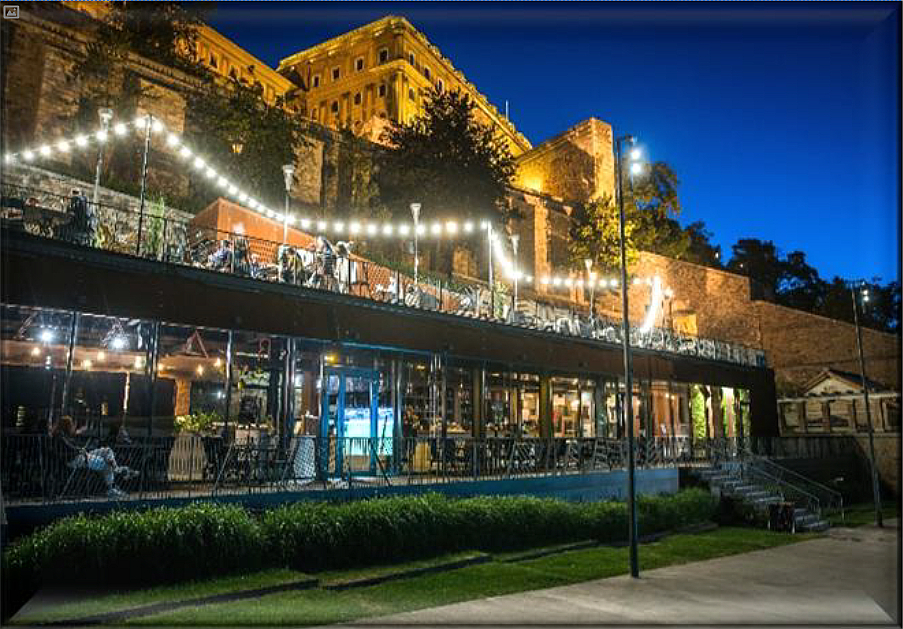
The conference dinner will take place at the VarjúVár restaurant on Thursday 18 July at 18:45. The set menu includes a three-course meal with soup, a main dish and dessert, at fixed priced of ~40 EUR. According to the funding rules, CIG cannot pay for the dinner, so it will be organised as a self-payment.
Location: 1013 Budapest, Ybl Miklós tér 4.
Contact Information
Local organizer: Péter Vancsó, HUN-REN Centre For Energy Research, Institute of Technical Physics and Materials Science
Márton Szendrő, HUN-REN Centre For Energy Research, Institute of Technical Physics and Materials Science
For more information, please contact us at:
- Email: vancso.peter@ek.hun-ren.hu
